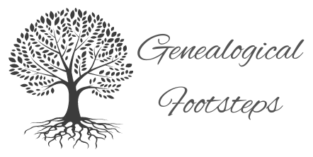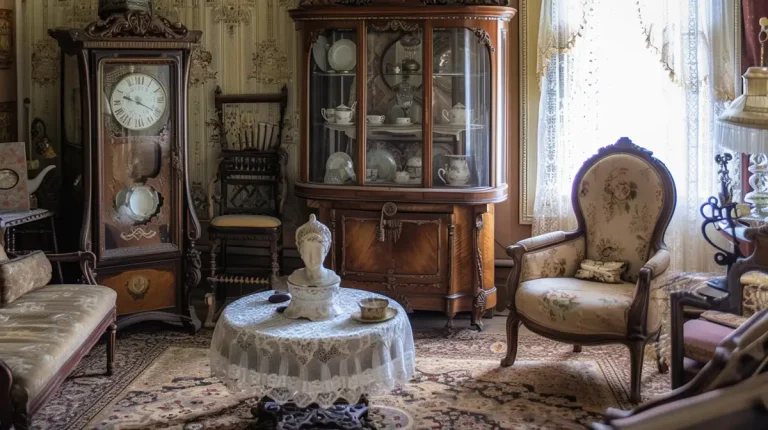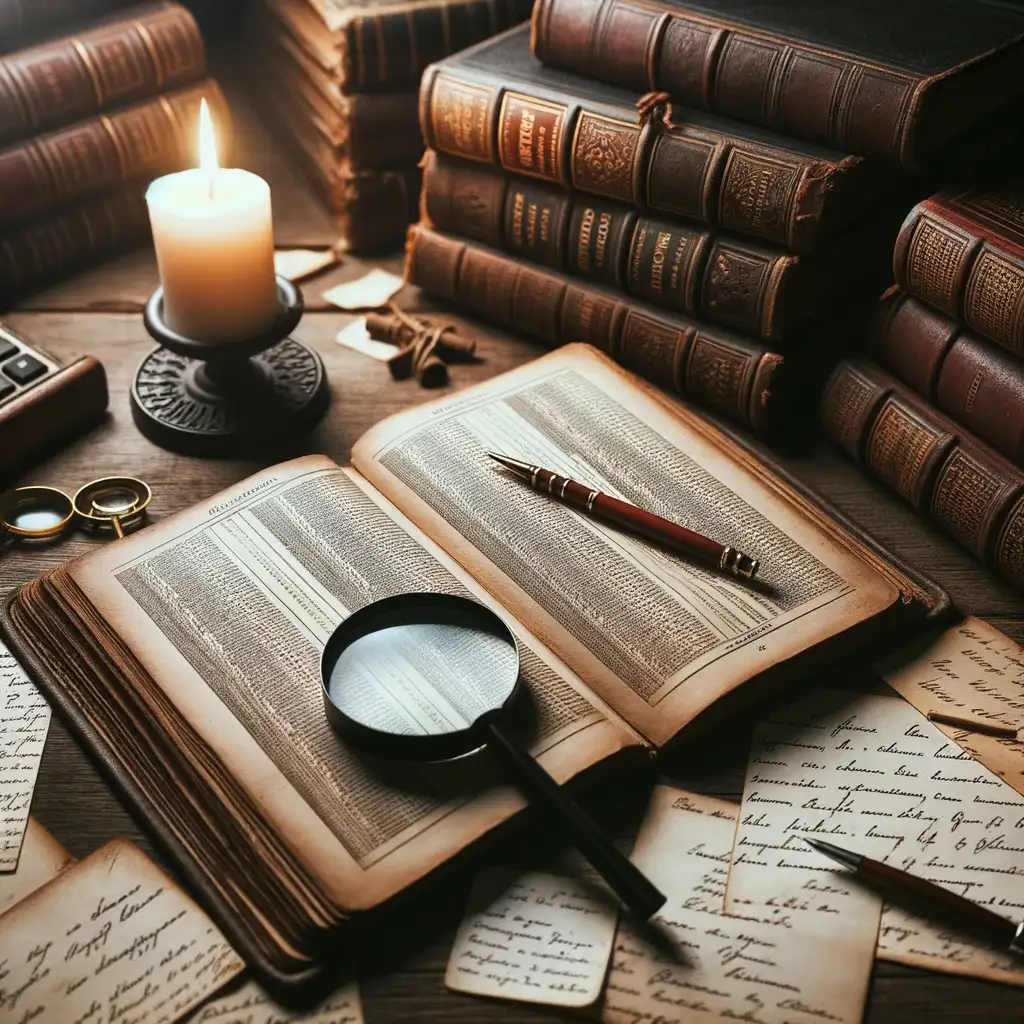Family heirlooms are treasured keepsakes that hold sentimental value and represent a piece of family history. It is important to preserve these valuable possessions for future generations to enjoy and cherish. Heirloom preservation is a process that involves assessing the condition of the heirlooms, proper cleaning and handling, storage and display options, documentation, and preventive measures. This article will provide tips and techniques on how to preserve family heirlooms.
Whether it’s a piece of antique furniture or a vintage piece of jewellery, family heirlooms are keepsakes that are meant to be passed down from generation to generation. Unfortunately, without proper care and attention, these treasures can deteriorate and become damaged over time. That’s why it’s important to take steps to preserve them for future use.
Key Takeaways:
- Heirloom preservation is important to safeguard family history and treasured keepsakes.
- Assessing the condition of heirlooms is the first step in the preservation process.
- Cleaning and handling heirlooms properly is crucial to avoid damage.
- Storage and display options should be carefully considered to minimise deterioration and fading.
- Documenting family heirlooms is important for future generations.
- Professional restoration and conservation services should be considered for valuable heirlooms.
- Preventive measures such as controlling temperature and humidity can protect heirlooms from damage.
- Replicating heirlooms can be a way to preserve their legacy.
- Incorporating heirlooms into daily life can ensure their continued appreciation and preservation.
Understanding Heirloom Preservation
Heirloom preservation refers to the process of safeguarding treasured family heirlooms to ensure they can be passed down to future generations. Family heirlooms can include a variety of items, such as photographs, documents, antiques, jewellery and even furniture. These items hold significant sentimental value and can help to preserve family history and heritage. It is therefore essential to understand how to preserve them properly.
Preservation of family heirlooms involves taking steps to prevent damage caused by environmental factors such as light, humidity, temperature and pests. It also involves using proper handling and storage techniques to minimise damage caused by wear and tear over time.
Heritage preservation is an important aspect of heirloom preservation, as these items often hold cultural or historical significance that can be lost if not carefully preserved. By protecting and maintaining family heirlooms, individuals can ensure that they can be enjoyed by generations to come.
Assessing the Condition of Heirlooms
Preserving treasured keepsakes requires a careful assessment of their condition. Before beginning any restoration or conservation work, it is important to evaluate the heirloom’s current state and identify any signs of damage.
When examining an heirloom, start by inspecting its overall condition. Look for scratches, cracks, or other physical damage. Check for wear and tear, such as frayed edges or loose threads, and take note of any missing pieces or parts.
If an heirloom has been stored for a long period, it may have accumulated dust, dirt, or other debris. Gently remove surface grime with a soft, clean cloth, being careful not to scratch or damage the surface.
Some heirlooms may require more in-depth evaluation to determine the extent of their damage. For instance, antique furniture might need to be examined for signs of wood rot or insect infestation, while delicate textiles may require close inspection to identify tears or stains.
If an heirloom has significant damage or decay, it may require professional restoration or conservation. In some cases, attempting to repair an heirloom without the expertise of a skilled professional could lead to further damage or even irreversible harm.
Determining Restoration Needs
Once the condition of an heirloom has been assessed, it is important to determine its restoration or conservation needs. Heirloom restoration typically involves repairing physical damage, while conservation focuses on preserving the heirloom’s existing state and preventing further decay.
When deciding on the best approach for an heirloom, consider its age, rarity, and historical significance. In some cases, restoring an heirloom to its original condition may detract from its historical value and significance. In such cases, conserving the item’s current state may be a more appropriate approach.
Ultimately, the decision to restore or conserve an heirloom should be made with careful consideration of its unique qualities and value as a treasured keepsake. By properly assessing the condition of an heirloom and determining its restoration needs, individuals can take the necessary steps to preserve these cherished family artefacts for future generations to enjoy.
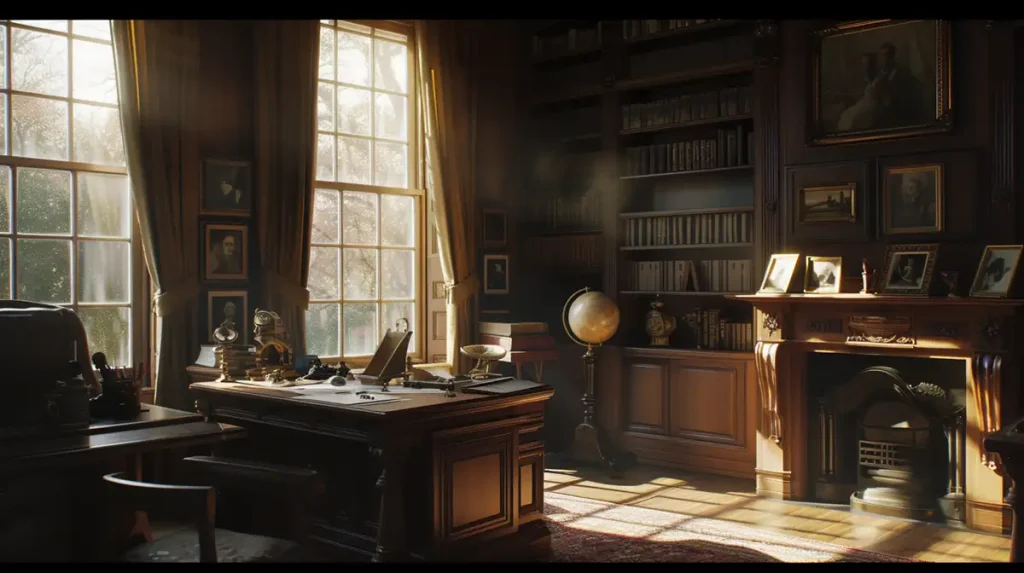
Cleaning and Handling Heirlooms
Proper cleaning and handling are essential to preserve heirlooms for future generations. Neglect or improper handling can cause irreparable damage and diminish the value of treasured keepsakes. Here are some tips to help you preserve your heirlooms:
Gather Necessary Tools
Before you begin cleaning your heirlooms, gather appropriate tools such as soft-bristled brushes, microfiber cloths, and cotton gloves to avoid damage from oils on your skin. Avoid using harsh detergents or chemicals as they can cause damage over time. Instead, opt for a mild solution of warm water and mild dish soap.
Clean Antiques with Care
Cleaning antiques requires extra care and attention to avoid causing damage. Dust antique furniture with a soft-bristled brush or a microfiber cloth, then wipe gently with a damp cloth. Avoid using polishes or oils as they can damage the finish and patina of the piece. To preserve the natural beauty of antique silver, use silver polish sparingly.
Handle Fragile Items with Care
When handling fragile items such as china or glassware, it is important to use both hands and avoid applying excessive pressure. Place a soft towel or cloth at the bottom of the sink or counter to prevent chipping or cracking. Alternatively, use a bathtub or large plastic container to clean and rinse fragile items with ease.
Following these cleaning and handling tips can help preserve your heirlooms for years to come. Remember to store them in a safe and appropriate environment and handle them with care.
Storage and Display Options
Preserving family history through heirlooms is not just about safeguarding their physical state. It is also important to consider how to store and display them properly. The right storage and display options can help prevent damage and deterioration.
When selecting a container for your heirlooms, ensure it is made of archival quality materials, such as acid-free paper or boxes. This will help prevent any chemical reactions that may cause damage to the heirloom. If the heirloom is fragile or delicate, it may require additional padding or custom-fit housing.
It is important to avoid storing heirlooms in damp or humid areas, which can cause mould and mildew growth. Similarly, they should be kept away from direct sunlight, which can cause fading and discolouration. Maintaining a consistent temperature and humidity level can help preserve their condition.
If you plan to display your heirlooms, ensure they are kept away from areas with high traffic or inquisitive pets or children. Use protective covers or barriers to prevent accidental damage.
When handling and displaying antique items, be aware of any fragile or sensitive areas that may require additional care. For example, antique fabrics should be displayed away from direct sunlight and preferably behind protective glass.
Creating an environment that is suitable for heirloom preservation is crucial to ensuring their continued enjoyment for generations to come.
Documenting Family Heirlooms
Preserving family heirlooms is not only about protecting physical objects, but also about conserving cherished memories and stories that are passed down from generation to generation. Documenting family heirlooms is an essential part of heritage preservation, as it ensures that the legacy of treasured keepsakes is not lost over time.
Creating an inventory: Start by creating an inventory of all family heirlooms. This can be done by listing each item, along with its description and any relevant information, such as the date it was acquired or its significance to the family history.
Taking photographs: Photographs serve as a visual record of family heirlooms, capturing their intricate details and unique characteristics. Take high-quality photographs of each item from different angles, and ensure that lighting is appropriate to highlight its features.
Recording stories and anecdotes: Family heirlooms often have stories and anecdotes associated with them that add to their sentimental value. Record these stories and anecdotes by interviewing family members, and create a written or audio account of the memories and emotions attached to each item.
Organising the documentation: Store all documentation in a safe, organised manner, such as in a digital file or a physical binder. Make sure that the documentation is easily accessible, and consider sharing it with other family members to ensure that the legacy of family heirlooms is preserved for generations to come.
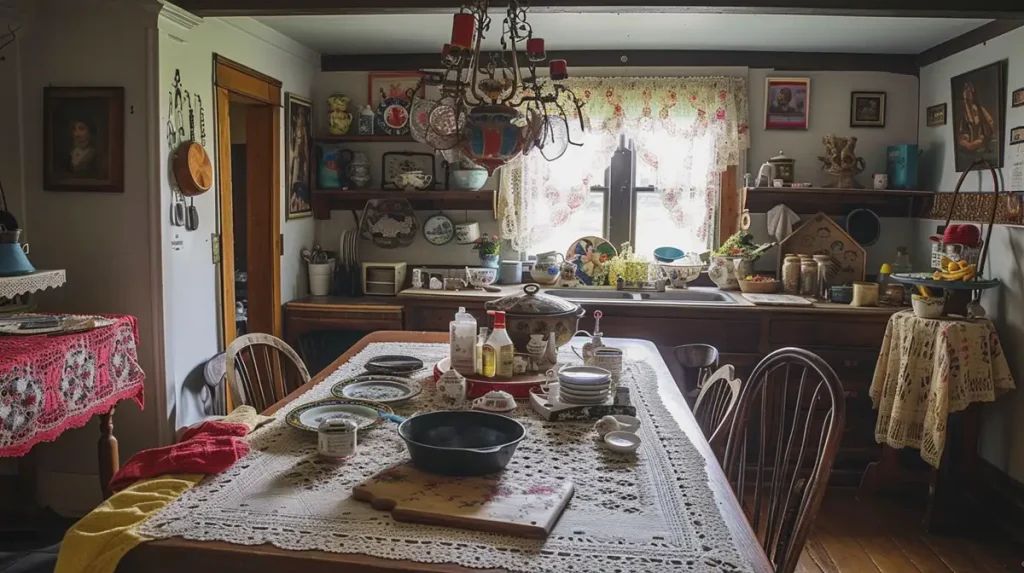
Hiring Professionals for Restoration
When it comes to restoring family heirlooms, it is important to hire professionals who specialise in preserving treasured keepsakes. Attempting to restore or conserve these items yourself can lead to irreversible damage and loss of heritage.
So, how do you find the right experts for the job?
First, research preservation and restoration companies in your area. Look for businesses that have experience working with the specific type of heirloom you need to restore. For example, if you have a vintage quilt that needs conservation, look for a company that specialises in textile preservation.
Once you have narrowed down your options, ask for referrals from friends, family members, or antique dealers. This can help you find reputable experts who have a proven track record of successfully preserving family treasures.
Before hiring a restoration professional, be sure to ask questions about their experience, training, and credentials. A reputable expert should be willing to provide references and sample work.
Remember, the cost of restoration services can vary widely depending on the type and condition of the heirloom, as well as the expertise of the professional. While it may be tempting to go with the cheapest option, keep in mind that you get what you pay for. Investing in quality restoration services can help ensure that your treasured family keepsakes are conserved for future generations.
Preventive Measures for Heirloom Preservation
To protect treasured family heirlooms from damage or deterioration, preventive measures should be taken. By implementing the following techniques, one can ensure that these precious keepsakes remain well-preserved for generations to come.
1. Avoid Direct Sunlight
Direct sunlight can cause fading, warping, and other forms of damage to heirlooms, especially those made from natural materials such as wood, fabric, or paper. It is advisable to display them away from windows or bright light sources. In addition, UV-resistant glass or protective films can be added to frames or display cases to reduce exposure to harmful light.
2. Control Temperature and Humidity
Fluctuations in temperature and humidity can cause damage to heirlooms over time, particularly to fragile materials such as textiles, photographs, and paintings. Keeping these items in a stable environment with controlled temperature and humidity levels is crucial to their preservation. Ideal conditions typically range between 60-70°F (15-21°C) and 40-50% humidity, but specific requirements may vary depending on the type of heirloom.
3. Implement Proper Handling Protocols
Heirlooms should always be handled with care to prevent accidental damage or deterioration. Proper handling techniques include washing hands before touching them, avoiding exposure to extreme temperatures or humidity, and using gloves or other protective clothing when handling sensitive materials. Additionally, items should be carefully wrapped and packed when transporting or storing them.
4. Display in Appropriate Containers
When storing heirlooms, it is important to use appropriate containers that provide adequate protection from environmental factors such as dust, insects, and moisture. Acid-free boxes, bags, and tissue paper can be used for delicate materials such as textiles and photographs, while display cases with UV-resistant glass can be used for items such as china, silver, and jewelry.
5. Regular Maintenance
Regular inspection and maintenance are essential for the long-term preservation of family heirlooms. This includes dusting with a soft brush, checking for signs of damage or deterioration, and re-sealing containers or frames to prevent exposure to air and dust. It is recommended to inspect and maintain heirlooms at least once a year and to seek professional assistance for restoration or conservation as needed.
By following these preventive measures, one can take a proactive approach to preserving treasured family heirlooms. Not only do these techniques protect these precious keepsakes from damage or deterioration, but they also ensure that their sentimental value and historical significance are passed on to future generations.
Replicating Heirlooms
Replicating family heirlooms can be an excellent way to preserve their legacy while ensuring their continued enjoyment for future generations. Creating a replica or reproduction of a treasured keepsake allows family members to appreciate and pass down the sentimental value without risking damage to the original.
The process of replicating an heirloom involves creating a new version of the item using modern materials and techniques. This can be useful for replicating items that are either too fragile or too valuable to risk damage during daily use.
When considering replicating an heirloom, it’s important to choose a reputable expert who specialises in heirloom restoration and replication. They can ensure that the replica matches the original as closely as possible in terms of design, materials, and overall appearance.
To create a replica of an heirloom, the expert will first photograph and examine the original item to determine its dimensions and details. They will then create a mold or template of the original, which can be used to create the replica.
Replicating heirlooms can be an effective way to preserve family history and pass along treasured keepsakes to future generations. Whether it’s a piece of jewelry or a cherished piece of furniture, creating a replica of an heirloom ensures that its legacy will live on.
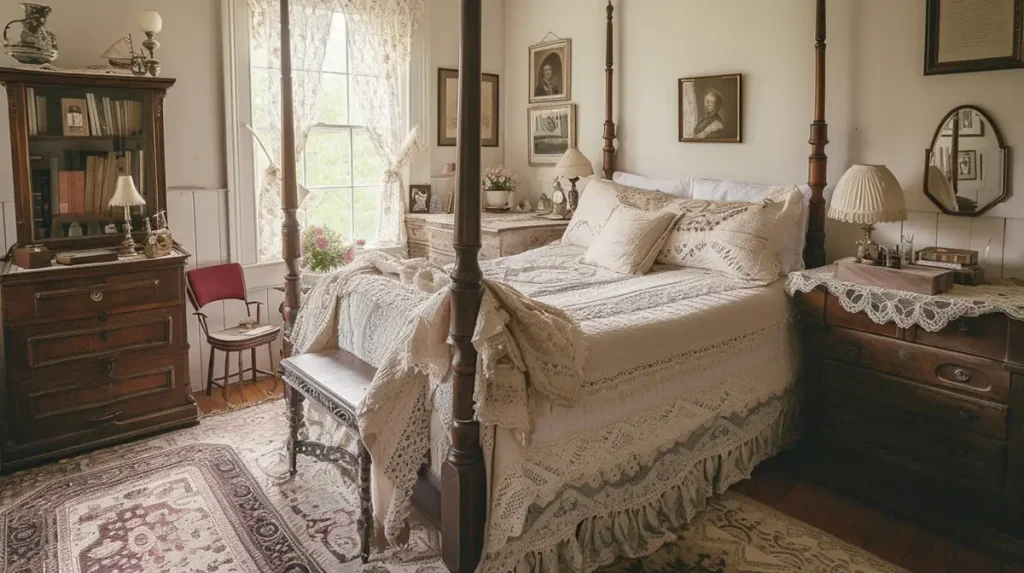
Incorporating Heirlooms Into Daily Life
Preserving family history and treasured keepsakes can be a meaningful way to honour the legacy of our loved ones. However, away from storage, family heirlooms can also be incorporated into daily life in a variety of creative ways.
One way to bring family history into daily life is by repurposing antique furniture. Whether it’s a vintage chair or an old dresser, these pieces can be given a new lease of life with a fresh coat of paint, new hardware or reupholstery. Not only does it preserve the piece, but it adds character and a unique touch to any living space.
Vintage clothing and jewellery can also be incorporated into daily wear. A simple brooch or pair of earrings can add a touch of elegance to any outfit, while a vintage handbag or scarf can be a statement piece. Not only does it preserve the physical object, but it allows the wearer to carry on the legacy of their family member and keep their memory alive.
Preserving family heirlooms can also be a great way to start a new tradition. A family quilt can be used for picnics or as a cosy throw for the living room. A set of antique dishes can be used for special occasions or holiday dinners. These cherished items can be a way to connect with family members, both past and present, and create new memories to pass on to future generations.
Preserving the Memories and Stories Behind Family Heirlooms – Conclusion
Preserving family heirlooms is key to safeguarding family history and heritage for future generations. It allows treasured keepsakes to retain their sentimental value and cultural significance while also honouring the past.
Throughout this article, we have explored various techniques and tips for heirloom preservation, including assessing the condition of heirlooms, proper cleaning and handling, storage and display options, and documenting treasured keepsakes. Hiring professionals for restoration and implementing preventive measures can also ensure the longevity of family heirlooms.
Replicating heirlooms and incorporating them into daily life are creative ways to continue their appreciation and preservation.
By adopting these strategies, individuals can preserve and pass on their family legacy through treasured keepsakes. The importance of heirloom preservation cannot be overstated, and it is crucial to ensure that future generations have a tangible connection to their family history and heritage.

My name is Anthony, the founder of Genealogical Footsteps. I have over 20 years of dedicated experience in family history and genealogy (although I am not a professional genealogist). I hold BA in history, and am considering further education (despite my age). My journey in genealogy has led me to remarkable discoveries and projects, particularly where my Cypriot genealogy is concerned. I am passionate about uncovering the stories behind names and have helped friends and family connect with their heritage, including those with Cypriot, Celtic, and Viking ancestry. Click here to read more about me.
